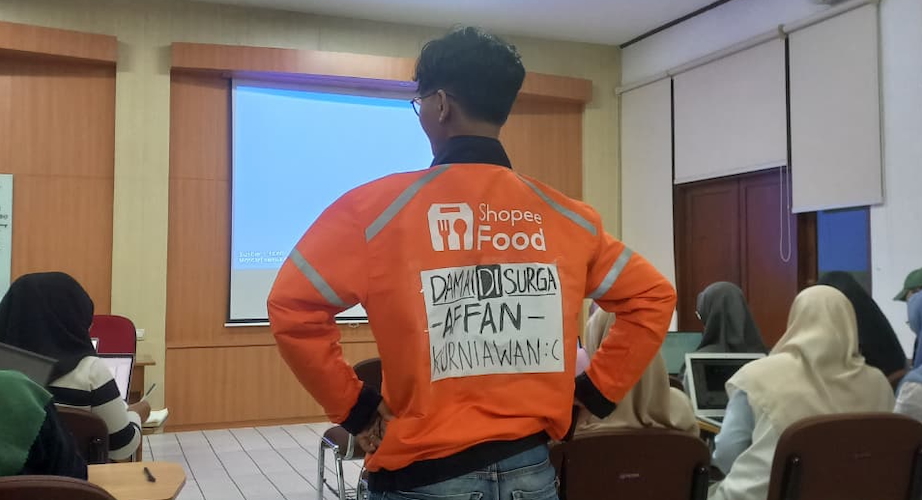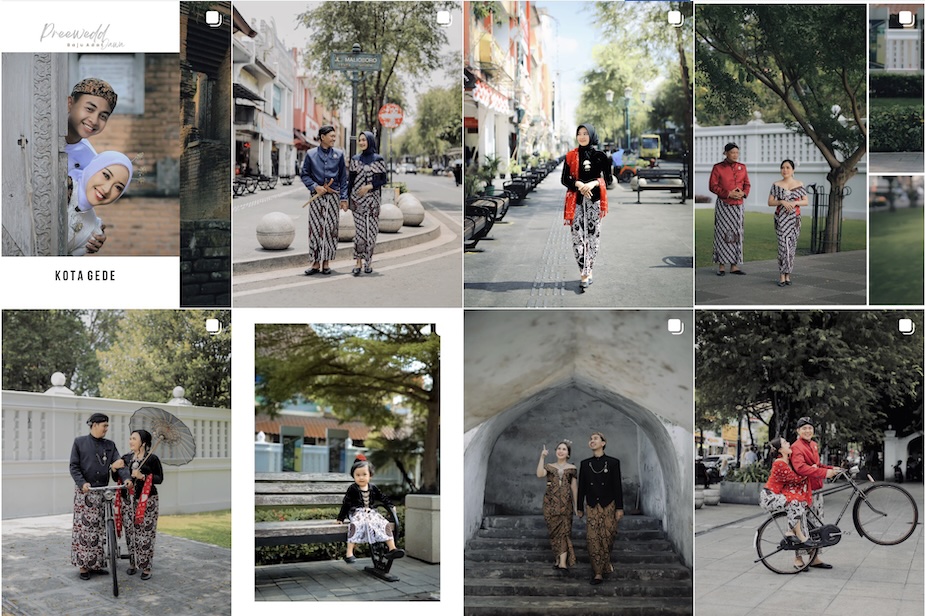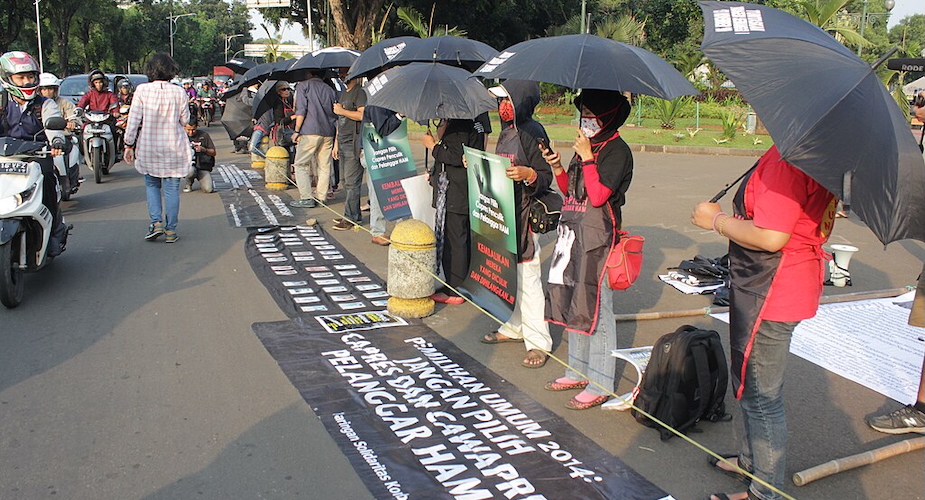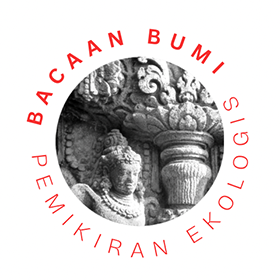Inside Indonesia is a volunteer run magazine available free of charge to all its readers. We rely on your donations to:
- add new features to the website
- ensure that we continue to deliver a diverse range of quality content
- maintain and expand Inside Indonesia's server space and monthly bandwidth (traffic allowance).
Please contact us about making your donation editor@insideindonesia.org
or make your donation directly via
Internet Transfer
Our bank account information is published here if you would like to make a transfer using your internet banking system. We request you use your name as a reference when making a direct deposit into our account, and project name as applicable.
Australian Bank Details
Bank: Westpac
Bank Account Name: Inside Indonesia
BSB Number: 033-073
Account Number: 141163
Thank you!











